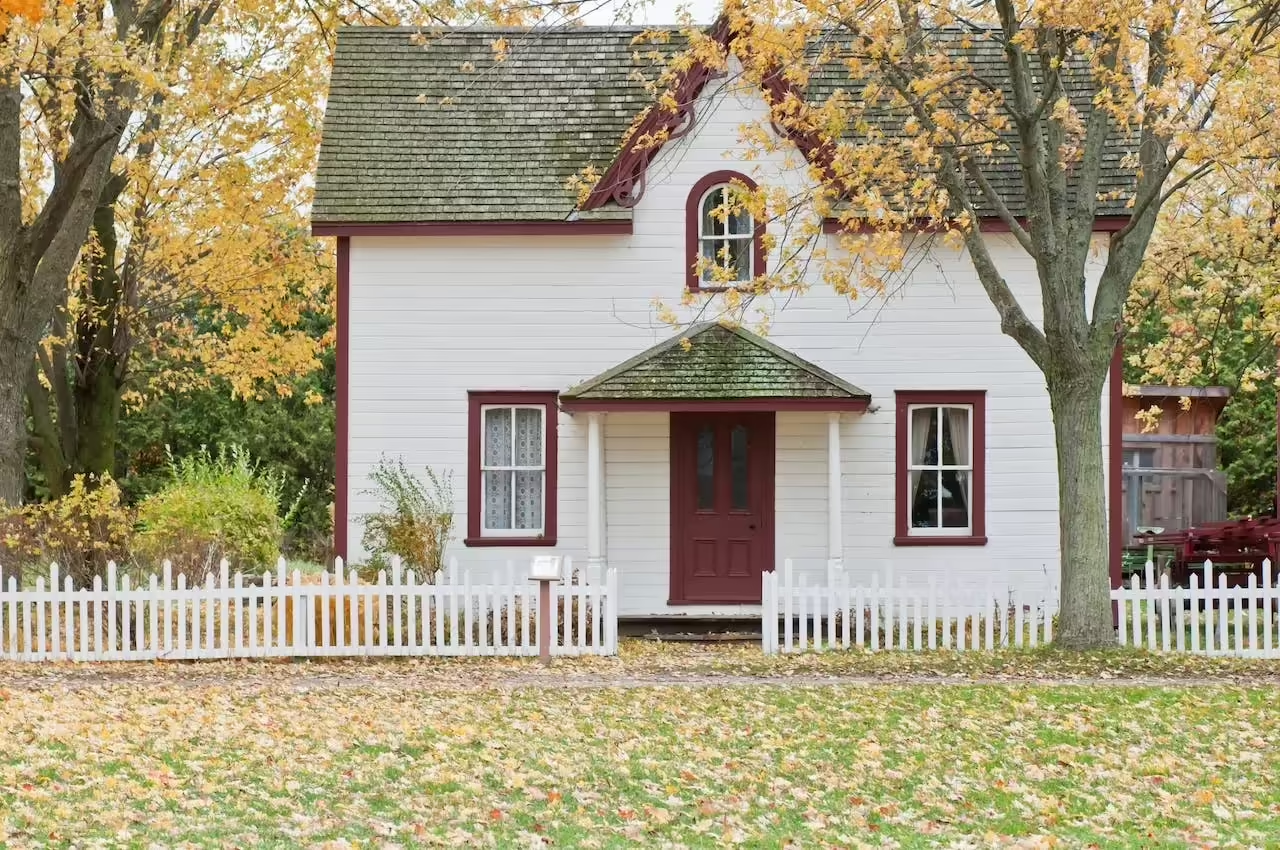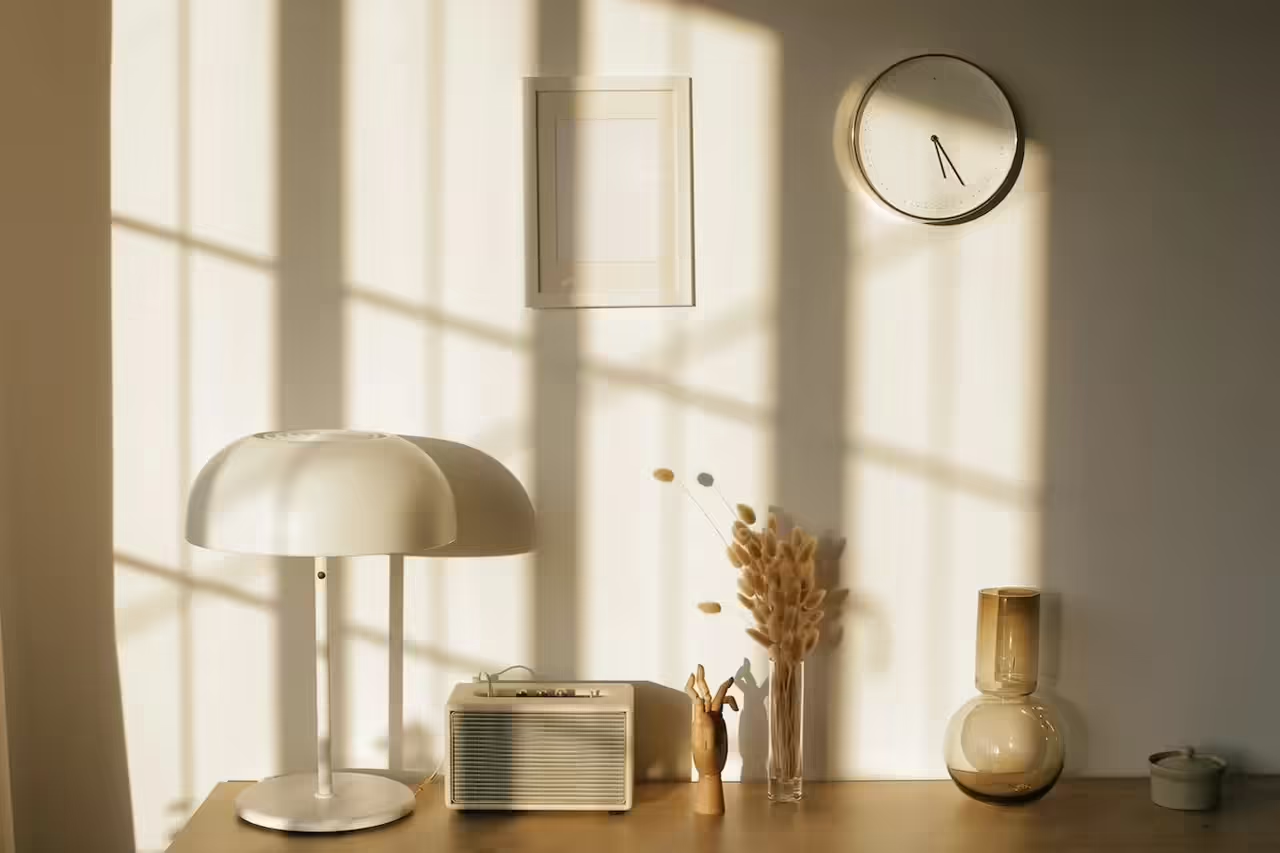
A “green home” is more than just a home filled with plants or a house nestled deep in nature’s embrace. In essence, it’s an energy-efficient place designed to reduce carbon footprint and maintain a symbiotic relationship with the environment. It heavily focuses on sustainability, promoting a healthier and more responsible way of living.
So, why switch to a green home? From a drastic decrease in your energy expenditure to providing healthier living space, going green helps in many ways. Think of it as not just a house but a lifestyle, an investment in both your present enjoyment and your future well-being.
To make your home more sustainable, check out these 10 practical ways of going green.
1. Start with Energy Efficiency
Did you know that more than half of your energy bill goes towards heating and cooling your home? An easy way to lessen this amount is to install programmable thermostats. You can set these thermostats to adjust the temperature in your home at different times of the day. For instance, they can reduce your home’s temperature when you’re out or when you’re asleep. This not only makes your home more comfortable, but it can also help you save a bit of money. Simply adjusting your thermostat by 7°-10°F for eight hours daily can save your yearly heating and cooling costs by up to 10%.
2. Install Solar Panels
Solar power for your home is a smart investment. Despite the initial cost, installing solar panels can yield substantial energy savings in the long run. These panels, placed preferably on your roof, convert sunlight into electricity, reducing your dependence on expensive, non-renewable sources. Plus, don’t forget that many states offer renewable energy incentives that can offset the initial investment. This results in fewer greenhouse gas emissions, improved energy savings, and the satisfaction of contributing to a sustainable lifestyle.
3. Insulate Your Home
Home insulation is another essential component in achieving a green home. Proper insulation keeps your home warmer in the winter and cooler in the summer, cutting down on heat and air conditioning usage. This helps reduce your energy bill, too. There are several types of insulation available, like fiberglass, cellulose, and spray foam. Each has its pros and cons, so it’s crucial to choose what fits your home’s needs. Regardless, insulation is a practical step toward maintaining a comfortable and energy-efficient green home.
4. Save Water

Conserving water could be as simple as fixing leaky taps or opting for water-efficient appliances like low-flow showerheads. Passing up the long soak for a quick shower and only running the laundry when you’ve got a full load can all add up to some serious savings on your water bill. For an extra step, consider setting up a rainwater collection system for watering plants or washing your patio. Reusing greywater for flushing toilets can also increase your water efficiency. These efforts not only boost sustainability but also provide notable savings on your water bills.
5. Use Energy-Efficient Appliances
Your refrigerator, washer, dryer, and oven make up a significant chunk of your home’s energy consumption. Switching to energy-efficient alternatives, particularly those with an Energy Star rating, can reduce energy use and utility bills. In addition to energy savings, these appliances often perform at par, if not better, than their conventional counterparts. So whether you’re replacing a broken machine or upgrading your home, energy-efficient appliances are a smart, green choice. Also, when disposing of your old appliances, ensure you do so responsibly, possibly through recycling programs.
6. Choose Sustainable Construction Materials
Building from the ground up or having a renovation? Traditional construction materials often come with a hefty environmental impact, so why not consider eco-friendly alternatives? Materials such as reclaimed wood, recycled metal or glass, and bamboo are excellent green choices that don’t compromise on strength or appeal. They can significantly reduce the construction’s environmental impact and often prove to be more durable, resulting in fewer repairs and replacements over time. Such a thoughtful selection of materials goes a long way in making your home truly green.
7. Implement Eco-Friendly Waste Management
Waste management is often an overlooked aspect of sustainable living. Implementing eco-friendly waste management practices at home can drastically reduce the amount of waste that ends up in landfills. It’s not just about recycling but reducing and reusing as well. Start by segregating your waste into recyclables, compostables, and landfill waste. Composting organic waste at home can provide nutrient-rich soil for your plants and significantly reduce the volume of your garbage. Consider donating or selling items that are still usable instead of discarding them.
8. Grow a Home Garden and Encourage Beekeeping
A home garden is a great way to further enhance your green home—it beautifies your space, provides fresh produce, and reduces carbon dioxide in the atmosphere. Opt for plants that are native to your region, as they require less water and maintenance. Consider integrating bee boxes in your yard to encourage beekeeping. Bees play a crucial role in pollination and are vital for your garden and the local ecosystem. If space allows, keeping chickens or ducks could also contribute to a more sustainable lifestyle by providing organic eggs and natural pest control.
9. Embrace Natural Light

Natural light saves on lighting costs and is also key in creating a more positive living space. Strategically placed mirrors and light-colored walls can both reflect daylight and brighten darker corners. Large windows or skylights can bring in more sunshine. If this isn’t an option, consider replacing heavy, dark curtains with sheer ones to let more light filter in. Embracing natural light reduces your dependence on artificial lights, which often consume more energy. By adjusting your living patterns to follow the sun’s path, you could see a noticeable dip in your energy consumption over time.
10. Use Natural Cleaning Products
Reconsider the cleaning products you use around your house. Many traditional cleaning agents are riddled with harmful chemicals that are hazardous to your health and the environment. Opt for natural alternatives like vinegar, baking soda, or lemon. These natural cleaners are often just as effective, much more cost-efficient, and radically reduce the amount of chemical waste that goes down your drains. Creating your own cleaning supplies also allows you to control what goes into your products, effectively reducing the risk of allergies and making for a safer and greener home environment.
Wrapping It Up: Creating Your Green Home
When adopting a green living, each step matters, no matter how small. Every action taken paints a part of the bigger picture—an environmentally thoughtful and sustainable lifestyle.
A green home isn’t just about reduced energy bills or southern-facing solar panels. It’s an effort to preserve our environment and planet for future generations. It’s about creating healthier spaces for us to live in now and a healthier world tomorrow.
So, embark on your green home journey today with these practical measures. Every home offers the potential to become eco-friendlier. Make that conscious choice towards a greener lifestyle and see the ripple effects of those actions make a difference to the world around you.







